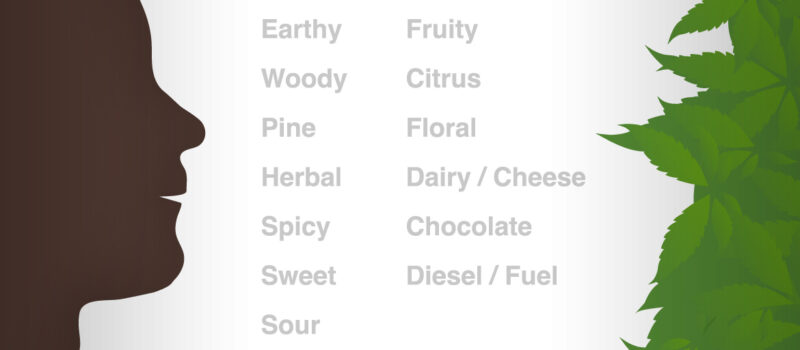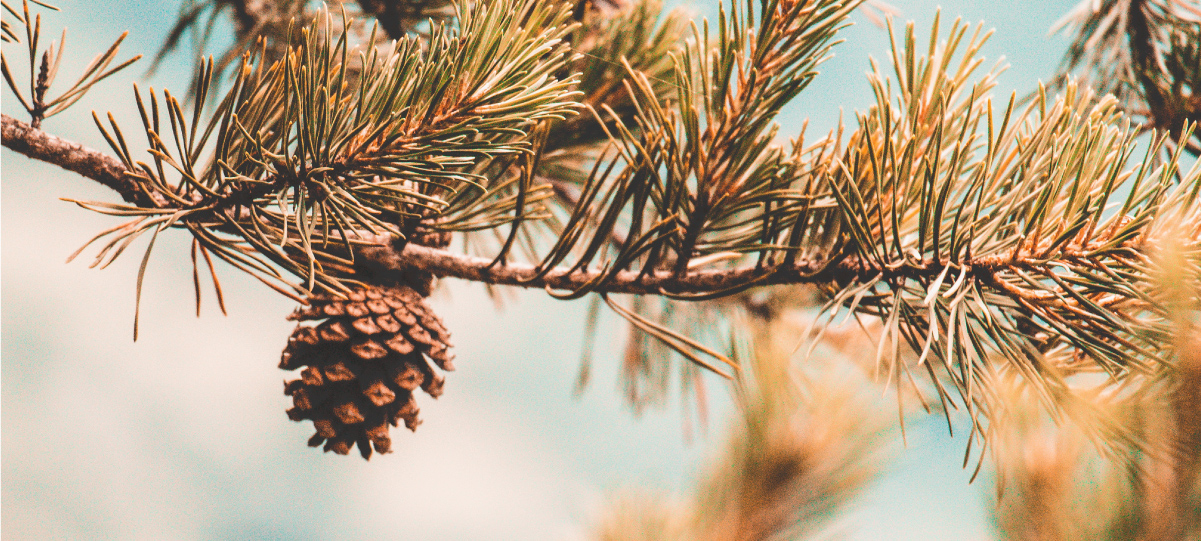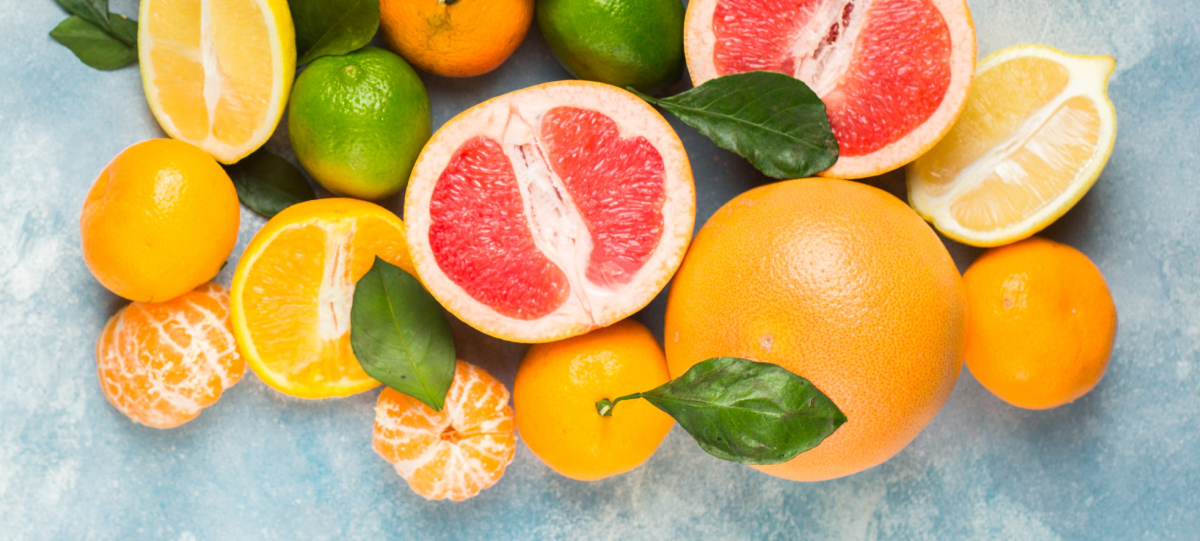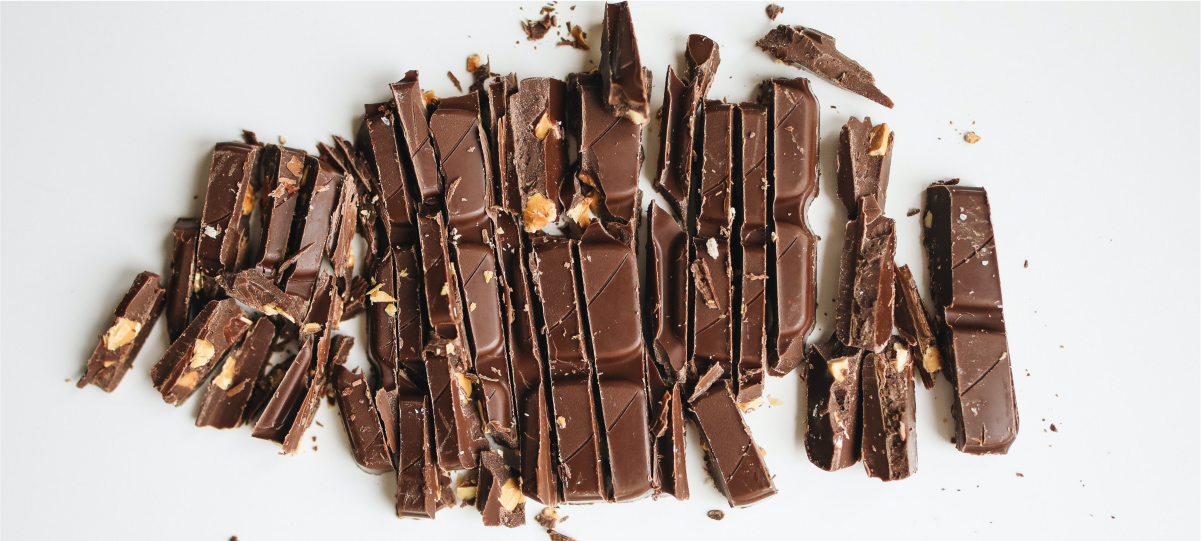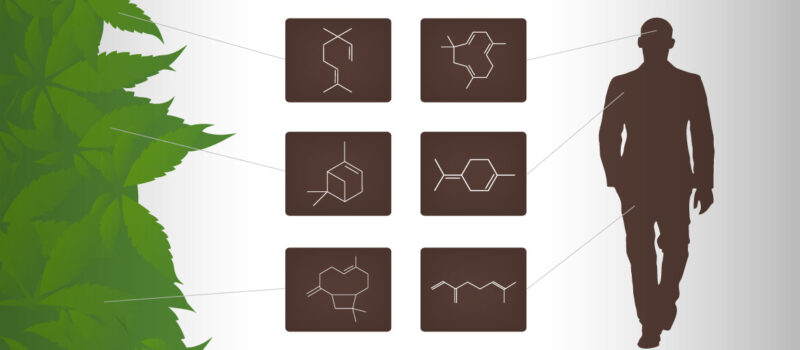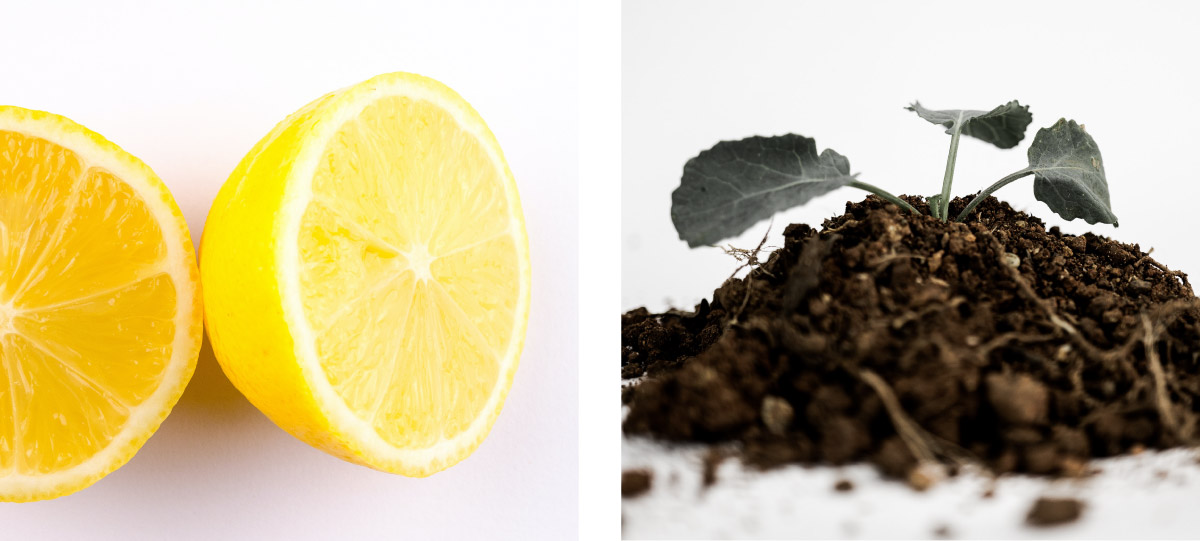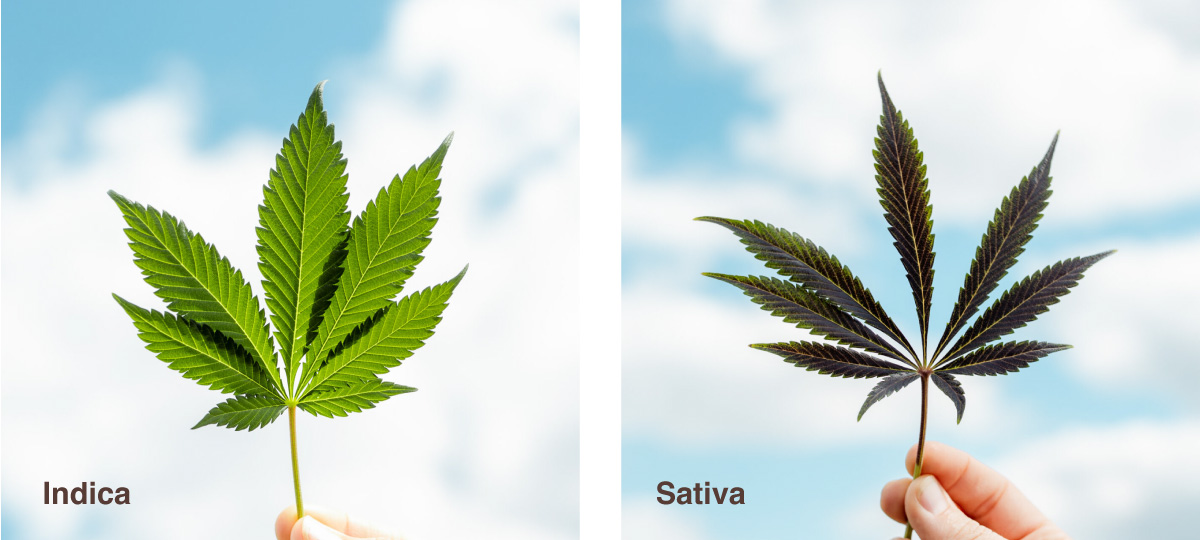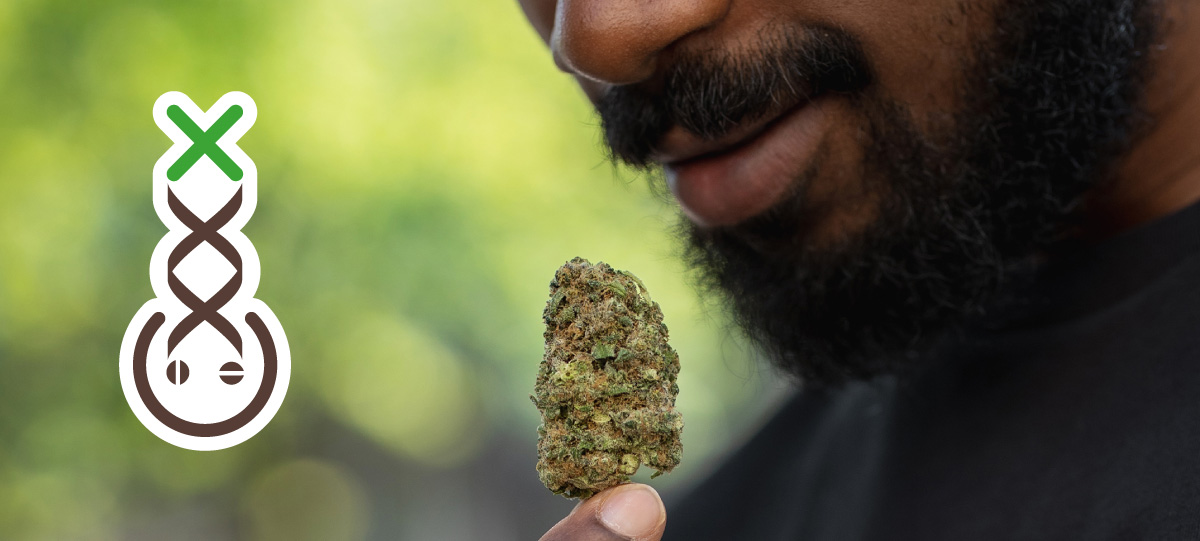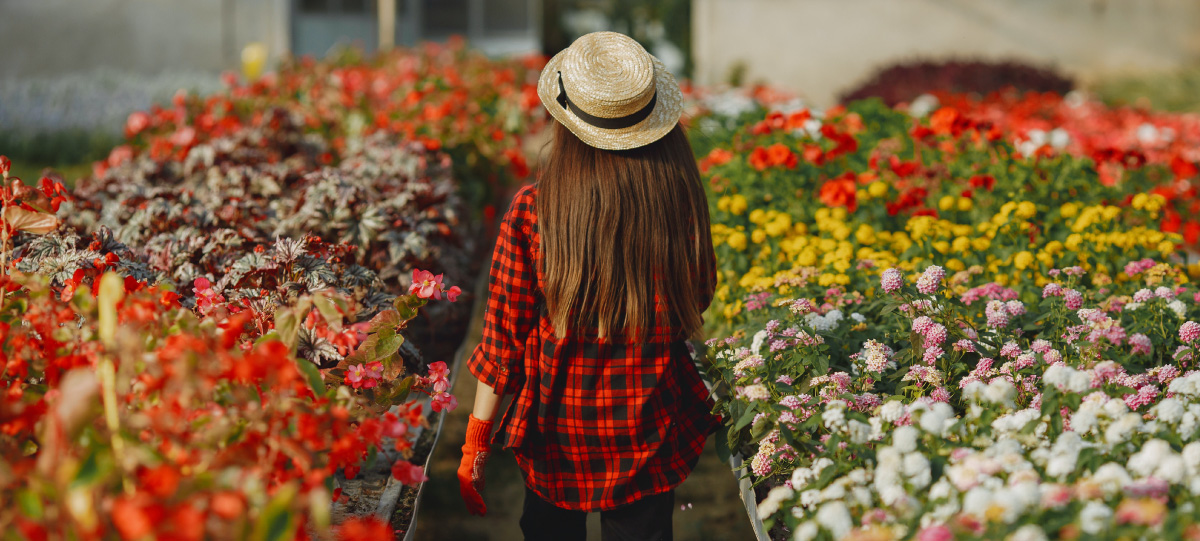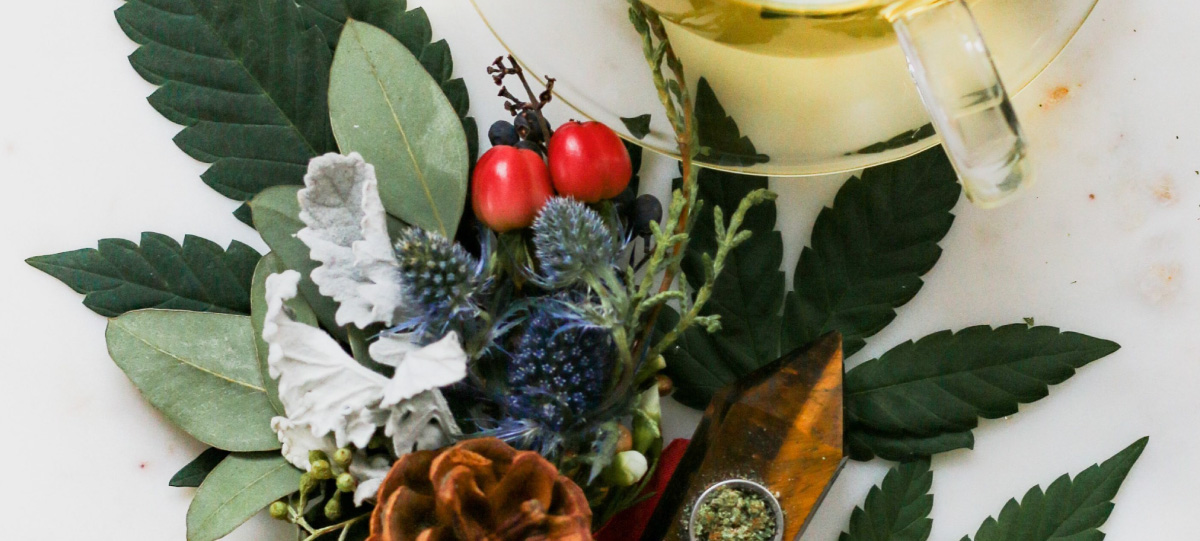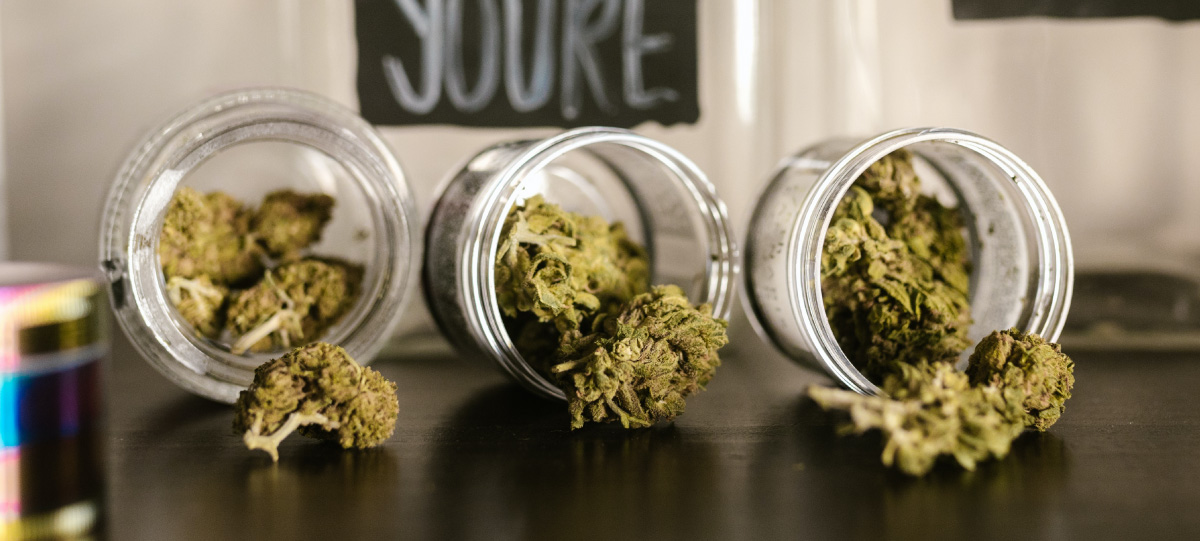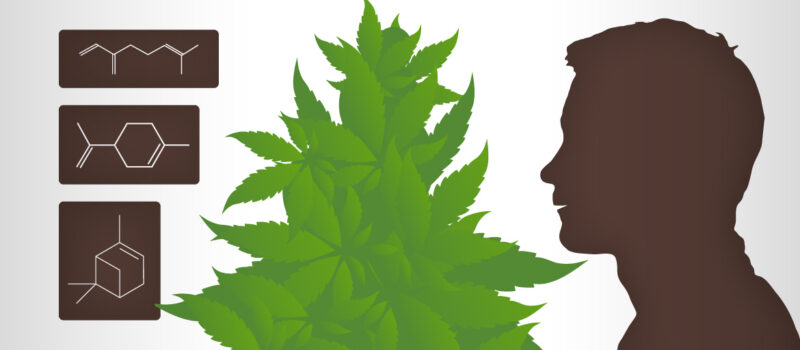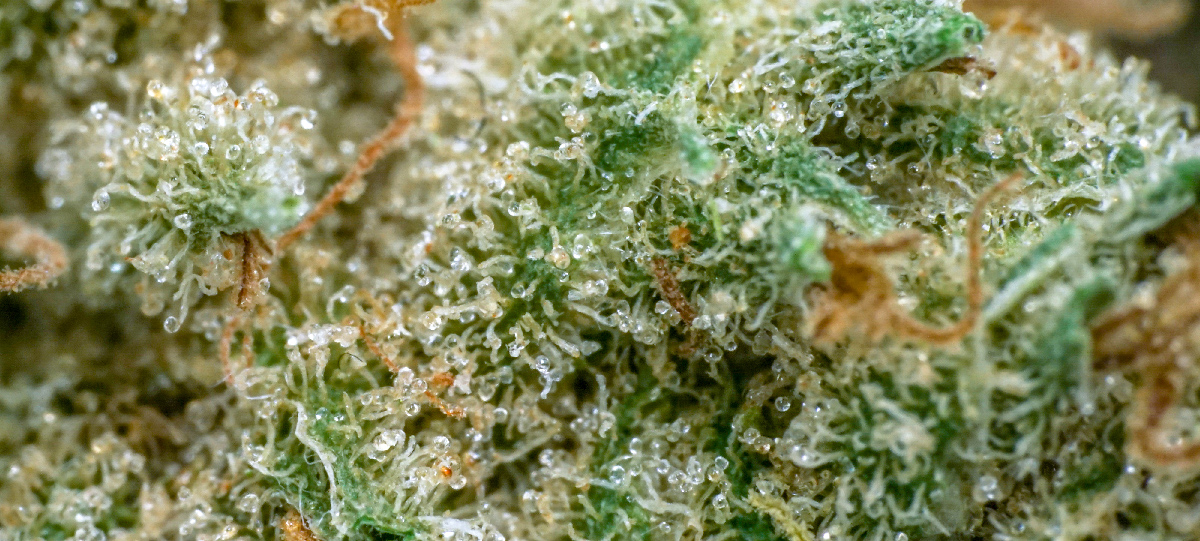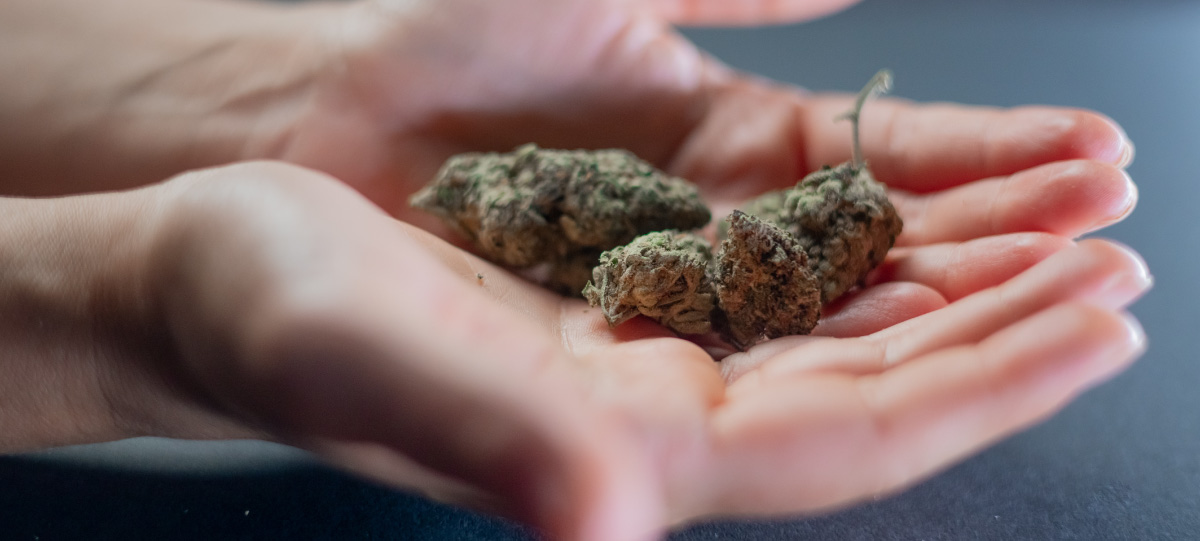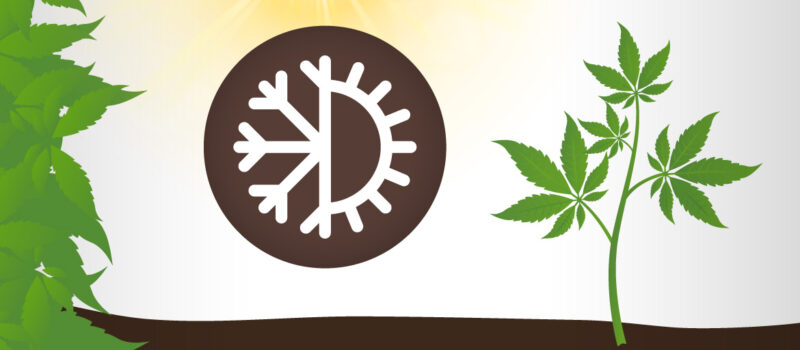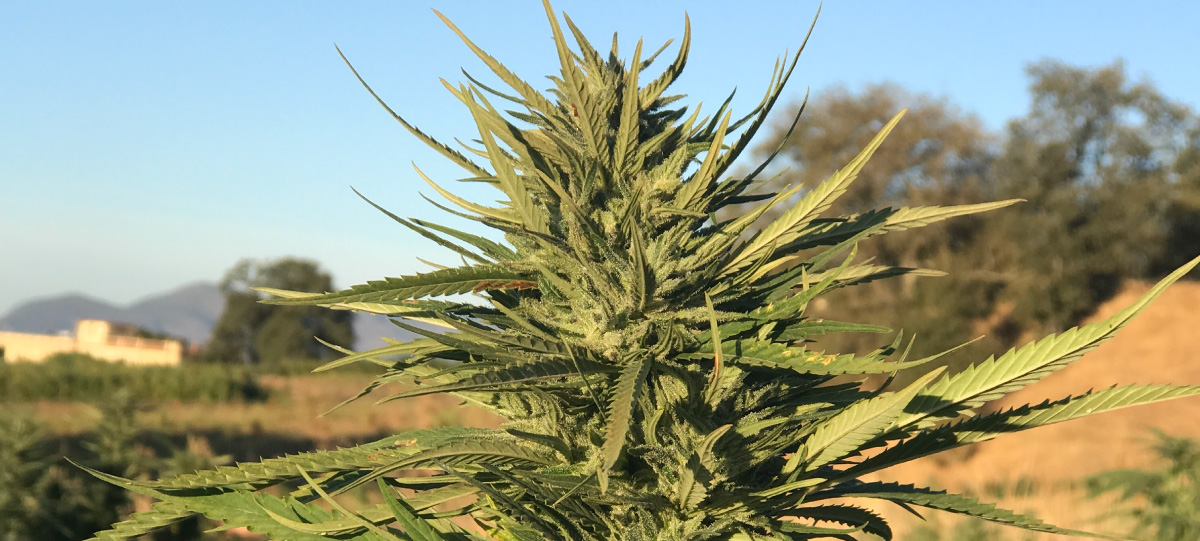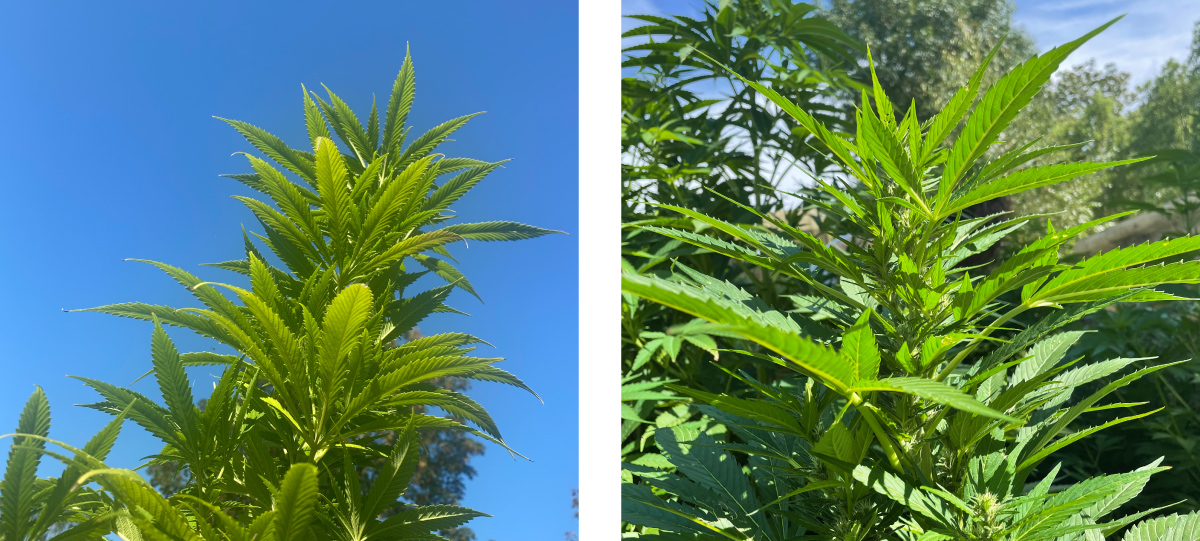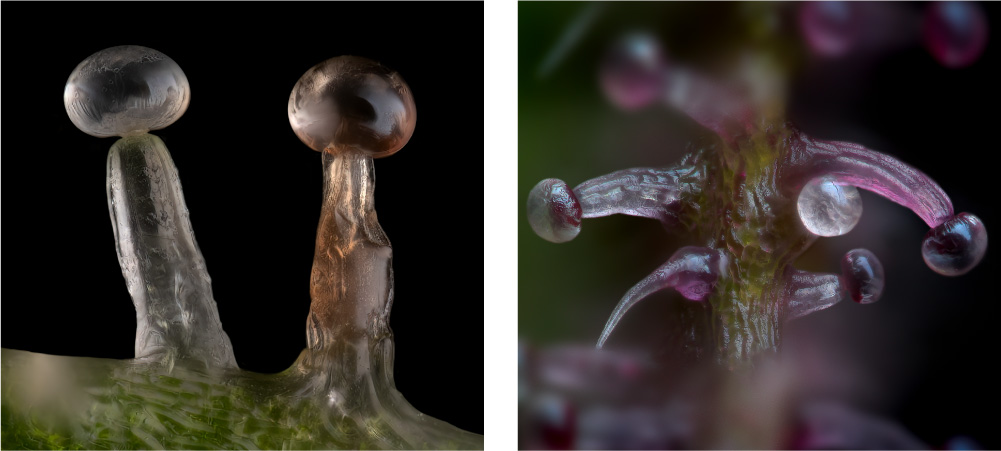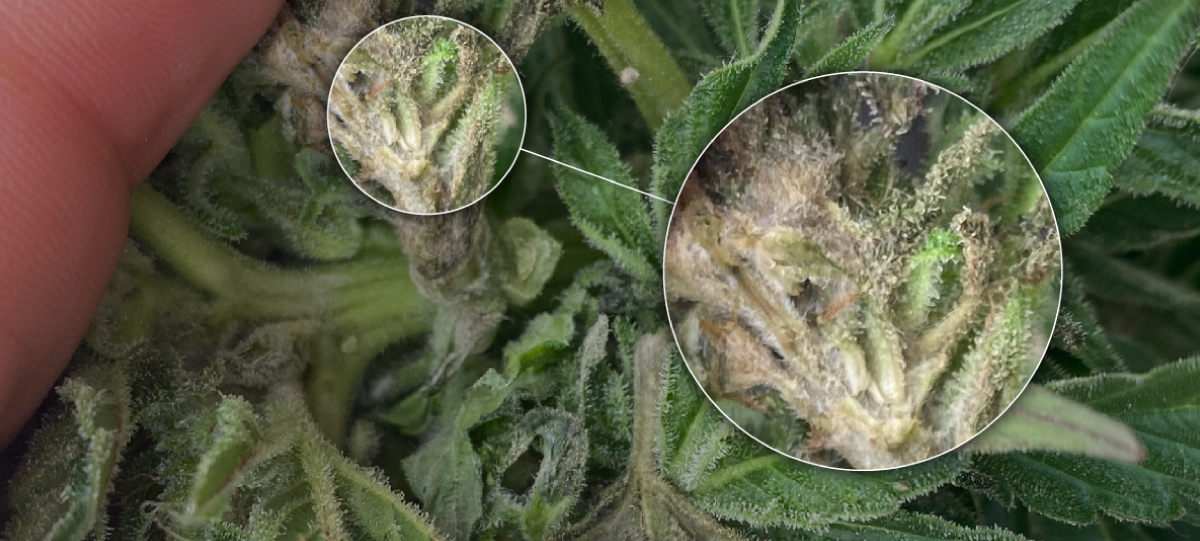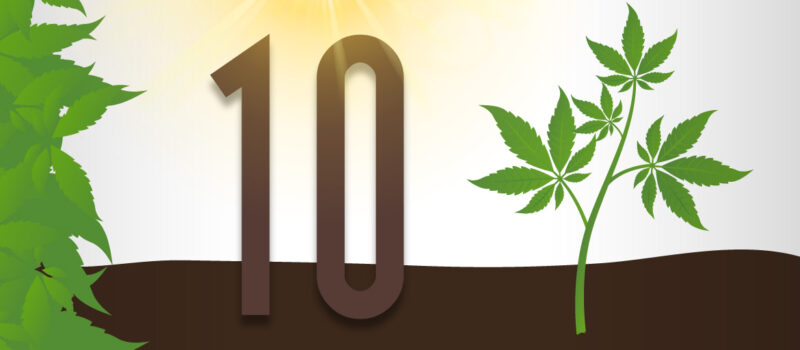Cannabis connoisseurs know that all weed doesn’t smell alike. From earthy and floral to fruity and gassy and everything in between. Growers from all over have created thousands of scent combinations with every new strain. Understanding aroma is a start to knowing which cannabis flavours come from a strain. Here’s some cannabis aroma vocabulary to get you a head start on developing your sense of smell.
Earthy
Most weed strains have an earthy aroma undertone, but some strains showcase the scent more than others. The right balance will create a musky sensation that makes you feel like the outdoors surrounds you. Earthy aromas are typically from strains with humulene and myrcene terpenes.
Some of our favourite earthy-scented strains are:
Woody
For a more defined smell out the outdoors, imagine yourself in dense woodlands. Woody is a common way to describe strains that smell like sniffing the bark of a tree. Much of this scent is attributed to the caryophyllene terpene.
Find some of the best woody scents from these strains:
Pine
One of the most easily recognized tree scents comes from pine trees. These trees produce lots of pinene (https://www.amsterdamgenetics.com/terpenes-in-cannabis-pinene/), which is also quite common in cannabis. As the name suggests, this aroma engulfs you with a fresh, piney scent.
Heavy pine notes typically signal an Indica-dominant strain. Here are a few of our favourites:
Herbal
Open your kitchen cupboard and inhale the bouquet of herbs from your seasonings. Multiple terpenes cause a similar herbal aroma, such as strains with caryophyllene and linalool. Herbal scents cover a range of peppery to cloves to oregano to cinnamon.
Herbal is handy cannabis aroma vocabulary to define the following strains:
Spicy
Similar to how seasoning adds an extra ‘oomph’ to your food, spicy is a way to describe weed strains that have an extra kick! When you think spicy, think about a zesty, fiery scent to wake up your senses—like smelling pepper or cajun.
Here are a few strains to plant if you’re seeking a scent with an extra bite:
Sweet
The sweet smell of some cannabis strains gives us an uplifting sensation with their aroma alone. There are different ways of describing the sweet scent of weed–fruity sweet, sugary sweet, floral sweet, etc.
Sweeten the deal with your next grow with these seeds:
Sour
Pucker up because sour strains give you a tangy sensation. The same way smelling a lemon makes your nose twinge before tasting it is the same way you’ll feel smelling these strains—just not as overbearing. With cannabis, it’s a more refreshing, clean feel.
If you’re looking for which cannabis flavours deliver this unique scent, try these:
Fruity
Did you know that terpenes also exist in fruits? Fruit strains (https://www.amsterdamgenetics.com/the-best-cannabis-fruit-strains/) are always popular because they taste exactly like your favourite fruits! Cannabis and fruits share the same terpenes responsible for delivering the same aroma, like myrcene and humulene. The entourage effect (https://www.amsterdamgenetics.com/the-entourage-effect-how-cannabis-compounds-interact/) of these terpenes creates a full spectrum of fruit scents—and tastes just as good.
Some of our popular fruity scent strains are
Citrus
While citrus strains typically fall under the fruit category. However, this flavour is so recognizable that it’s worthy of a class on its own! Limonene (https://www.amsterdamgenetics.com/terpenes-in-cannabis-limonene/) is a common terpene that renders a citrusy aroma. Various citrus scents include lemon, orange, and lime.
Notable strains with a loud citrus aroma include:
Floral
The flowering stage is when floral scent weed strains start to smell like a big bouquet of flowers just blossomed. That fresh floral scent comes from the linalool terpene. Similar scents to compare with your plant’s aroma are that of a lavender field or a dozen roses. The flowery smell makes them a good choice for growing outdoors (https://www.amsterdamgenetics.com/growing-cannabis-outdoor/).
These strains are great examples of the floral scent:
Dairy/Cheese
Have you tried any ‘cake’ or ‘cookie’ family strains? One thing they all have in common is having a dairy aroma. It’s like smelling sweet baked goods fresh out of the oven. Alternatively, some strains have a cheesy aroma.
Add dairy to your cannabis aroma vocabulary and inhale the tasty scents of these strains:
Chocolate
You’ll be surprised to see that the unique compound blends from the entourage effect can produce smells like chocolate. These strains will make you even hungrier because it’s like taking a whiff of a tasty chocolate bar.
If you’ve got a taste for cacao-inspired strains, check out these seeds:
Diesel/Fuel
Diesel and fuel are the sharper, punchier aromas for cannabis. These strains exhibit pungent scents that are unmistakable. Gassy is another term to describe this scent.
Here are some strains to check out for aromas that will fuel you up:
Cannabis taste is directly related to its aroma. It makes it easy to determine which cannabis flavours to expect based on its scents. Keep this cannabis aroma vocabulary list handy when browsing our premium cannabis seeds.








